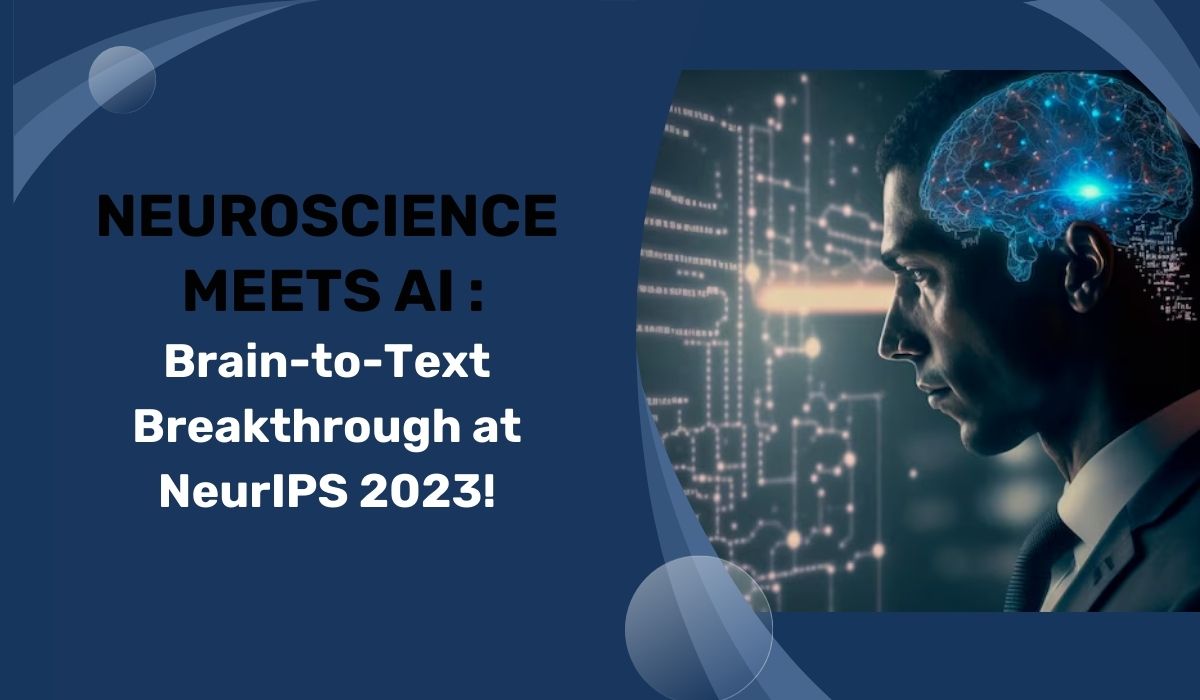
Researchers at the University of Technology Sydney (UTS) have unveiled a portable and non-invasive mind-reading artificial intelligence (AI) system capable of translating thoughts into text. This revolutionary technology holds immense potential for aiding communication among individuals unable to speak due to various health conditions, including stroke or paralysis. Moreover, it opens avenues for seamless interaction between humans and machines, such as controlling bionic arms or robots.
The research, led by Distinguished Professor CT Lin, Director of the GrapheneX-UTS HAI Centre, along with first author Yiqun Duan and fellow Ph.D. candidate Jinzhou Zhou from the UTS Faculty of Engineering and IT, has been selected as the spotlight paper at the NeurIPS conference. This prestigious annual event, held in New Orleans on December 12, 2023, serves as a platform to showcase world-leading research in artificial intelligence and machine learning.
Participants in the study silently read text passages while wearing a cap that recorded their brain's electrical activity through an electroencephalogram (EEG). An AI model named DeWave, developed by the researchers, segmented the EEG waves into distinct units capturing specific brain characteristics and patterns. This innovative approach directly translates raw EEG waves into language, marking a significant breakthrough in the field of brain-to-text translation.
Unlike previous technologies requiring surgery or MRI scans, this new method offers a portable and more user-friendly option for daily life. The UTS research, involving 29 participants, ensures greater robustness and adaptability compared to previous decoding technologies tested on only one or two individuals. Although the translation accuracy score currently stands at 40% on BLEU-1, the researchers aspire to improve this to a level comparable to traditional language translation or speech recognition programs, approaching 90%.
Despite challenges, the model demonstrated state-of-the-art performance in EEG translation, surpassing previous benchmarks. While the model exhibits greater proficiency in matching verbs than nouns, it signifies a promising step toward refining the technology for precise translations. This research builds on UTS's prior advancements in brain-computer interface technology, further solidifying their position at the forefront of neuroscience and AI integration.